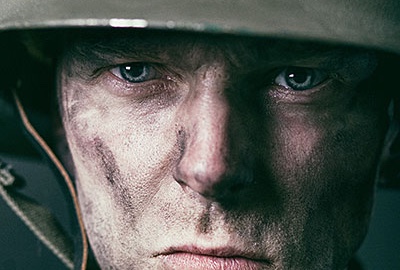 2022-05-09
2022-05-09
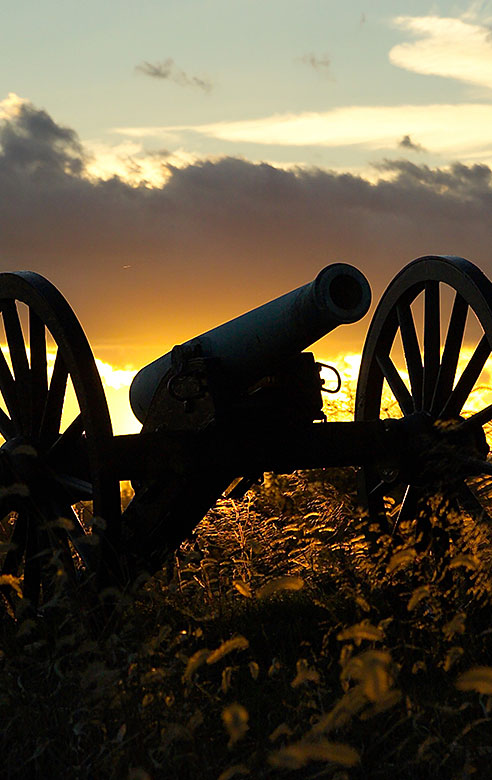
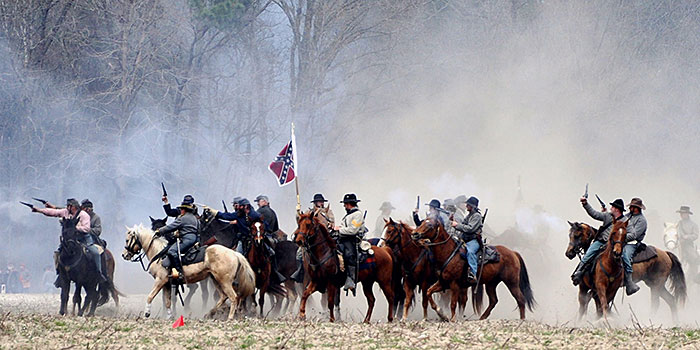
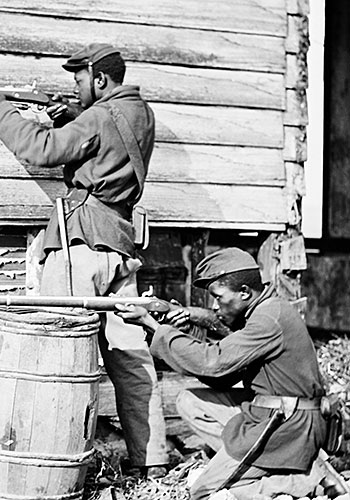
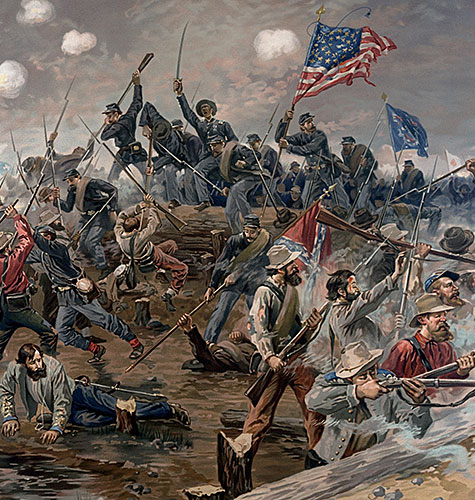
Famous Civil War Heroes
- ArticlesandContent.com (CIRCA 2005)
- /
- Oct 8, 2021 (written 2005)
The remarkable conflict between various sections in the United States may have caused much trouble in the early 1860’s but it was also a time for war heroes to rise up. Men with valor, with convictions, they are called the American Civil War heroes.
Pierre Gustave Toutant Beauregard was the first commander to taste victory as Confederate President Jefferson Davis gave the Civil War soldier the task of bombarding Fort Sumter in Charleston, South California. He played a major role in the first Bull Run for taking the fort into captive.
The southern Civil War hero took command on the western front in April 1862 but he was forced to retire after being struck with an illness. He then continued defending the south Atlantic coast. His passion in being a soldier didn’t seem to stop as he moved on commanding troops in Alabama, Mississippi and Tennessee after he fought in Virginia in 1864. After the American Civil War, Beauregard engaged railroad industry and state lottery in Louisiana—as manager, while defending his reputation as a military. He is commonly described as an able general by historians.
Although the 1862 Peninsular Campaign during the Civil War failed to capture Richmond, George B. McClellan, the head of the campaign, still made a mark in the history of what most people call the ‘first modern war.’ McClellan led the Union forces and marked a bloody day in the history of U.S. military; he succeeded in Antietam, Maryland. It has been reported that McClellan was able to grab hold of a copy of Lee’s order stating the details of troop dispositions which contributed to his qualified success.
Along with the success of the Confederate forces in the first battle of Bull Run comes a famous nickname “Stonewall.” It originates from the popular statement of Gen. Barnard Bee of South Carolina telling his Union troops: “There is Jackson standing like a stone wall. Let us determine to die here, and we will conquer.” He was talking about Gen. Thomas J. Jackson, a tactician who played the key role in early Confederate victories in Virginia.
Jackson added prestige to his name when he led the Confederate army in the Shenandoah Valley and defeated the Federal generals. His greatest and final battle was on May 2, 1863 when he tagged along more than half the available Confederate soldiers to attack the exposed border of the Federal Army. Sadly, Jackson was shot one night by a member of his troop who thought he was an enemy. Due to the wounds he got from that incident, the Civil War soldier developed Pneumonia which caused his death.
The best-known Federal governor in the Civil War is Ulysses S. Grant, the 18th President of the United States. He was assigned as commander of the Department of Tennessee in 1862. He did two attempts to take Vicksburg, Mississippi, the great enemy bastion on the east bank of the town; but he failed. It was in the summer of 1863 when Grant patched up his stained reputation by fighting victorious battles in Vicksburg, Chancellorsville, and Gettysburg. It was out of good planning and valiant execution that Grant used in attaining all these.
"The art of war is simple enough. Find out where your enemy is. Get at him as soon as you can. Strike him as hard as you can, and keep moving on."
Having impressed Abraham Lincoln, president at that time, Grant took command on March 1864.
A reputable Union general during the American Civil War, William Tecumseh Sherman assumed his post as commander in the West on March 1864. He contributed in the hastening of the war by invading Georgia with 100, 000 men, taking Atlanta into captive, and leading his troop on the famous “March to the Sea” which wrecked Georgia.
As the successor of Grant as general in the chief of the army, Sherman also possessed expertise in planning and logistical analysis aside from being an aggressive leader.
Weapons used in the American Civil War
The battles caused more than 650,000 deaths and wounded individuals. It wasn’t an ordinary war. Both sides were equipped with weapons. The largest weapon they used was cannon or the artillery. The Union and Confederacy troops commonly used the Napoleon with 12-pounder ‘gun-howitzer’ categorized as smoothbore.
Rifles were useful during the Civil War. In fact, the most common type they used was the 3-inch Ordnance and 10-pounder Parrot rifle since it had longer range.
Civil war soldiers carried small arms and they usually had the muskets, rifles, carbines, and handguns such as pistols and revolvers. One weapon intentionally designed for Civil War at that time was the “figure eight” revolver which required the middle finger to draw the lever back instead of the thumb which is the usual case in other types of revolver.
They also showed abundance in the use of edged weapons such as bayonets, swords, and Bowie knives among others. However, these types of weapons only inflicted minimal casualties.
They used great weapons. They were great soldiers. They fought with bravery. They are the American Civil War heroes who marked the most in history.
